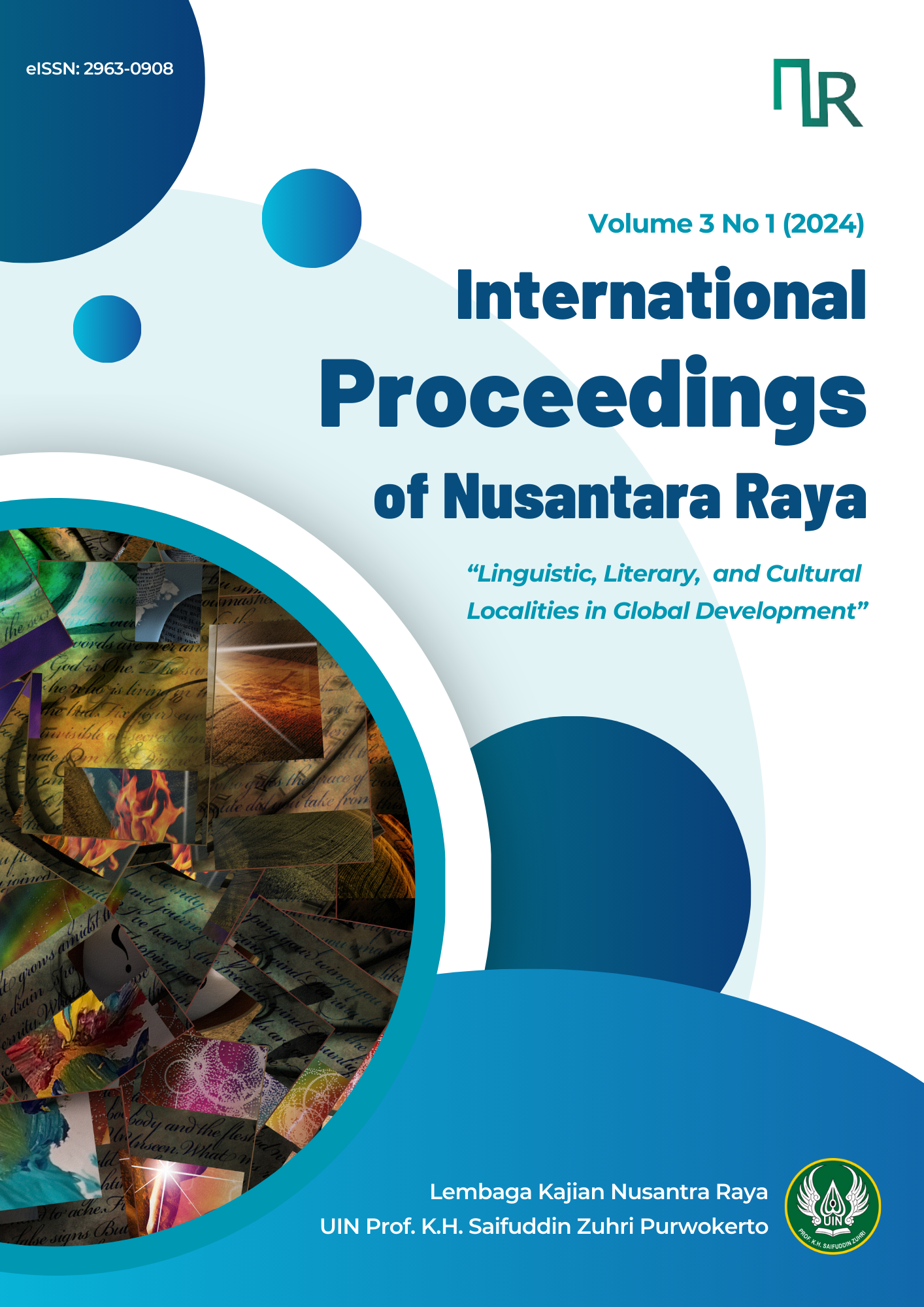Crowdfunding: An Alternative to Infrastructure Fund (Public Perception Study in Pekalongan Regency)
Keywords:
Crowdfunding, Regional Infrastructure, Regional DevelopmentAbstract
Infrastructure development is a crucial component of economic growth in a region. A significant issue in infrastructure development is the limited capital or high costs associated. This study aims to identify public perceptions of crowdfunding as an alternative funding source, particularly for infrastructure projects. This study uses a qualitative method with purposive sampling, and respondents were selected from two villages in Pekalongan Regency, taking into account the geographical conditions and characteristics of the area, specifically coastal and rural/mountainous regions. To enhance of study coverage, a survey/interview was conducted using snowball sampling across ten areas targeting traditional markets. From the in-depth case studies in the two areas, distinctions in community characteristics and funding types can be identified. Jeruksari Village, a coastal area, has challenges with RTLH (uninhabitable houses) and environmental infrastructure conditions. Crowdfunding is prioritized for road construction. The residents of Jeruksari Village generally support a joint fund for financing infrastructure, focusing on road and bridge infrastructure, sanitation facilities, and RTLH. Krandon Village, as a rural area, prioritizes road and bridge construction to facilitate the distribution of goods and people due to its proximity to the district capital. The village community supports crowdfunding, predominantly of labour as cooperation. The survey results show that the infrastructure prioritized health support facilities and clean water irrigation systems. The survey conducted at various market points in Pekalongan Regency indicates that the residents are inclined to participate in crowdfunding for physical development in their area by contributing as labour. However, the community is willing to donate money, materials or food for those with limited time or lacking village consensus. The infrastructure most in demand for assistance includes educational facilities, uninhabitable houses (RTLH) and roads/bridges. The recommended approach is establishing an institution that can effectively bridge the interests and needs of infrastructure funding within the community, ensuring trust and clear accountability.





.png)
